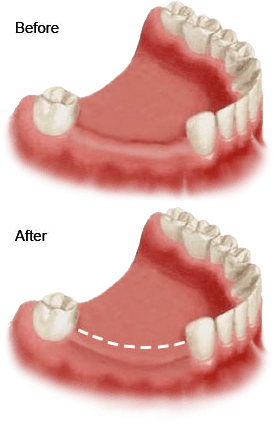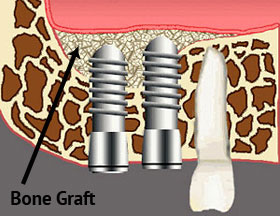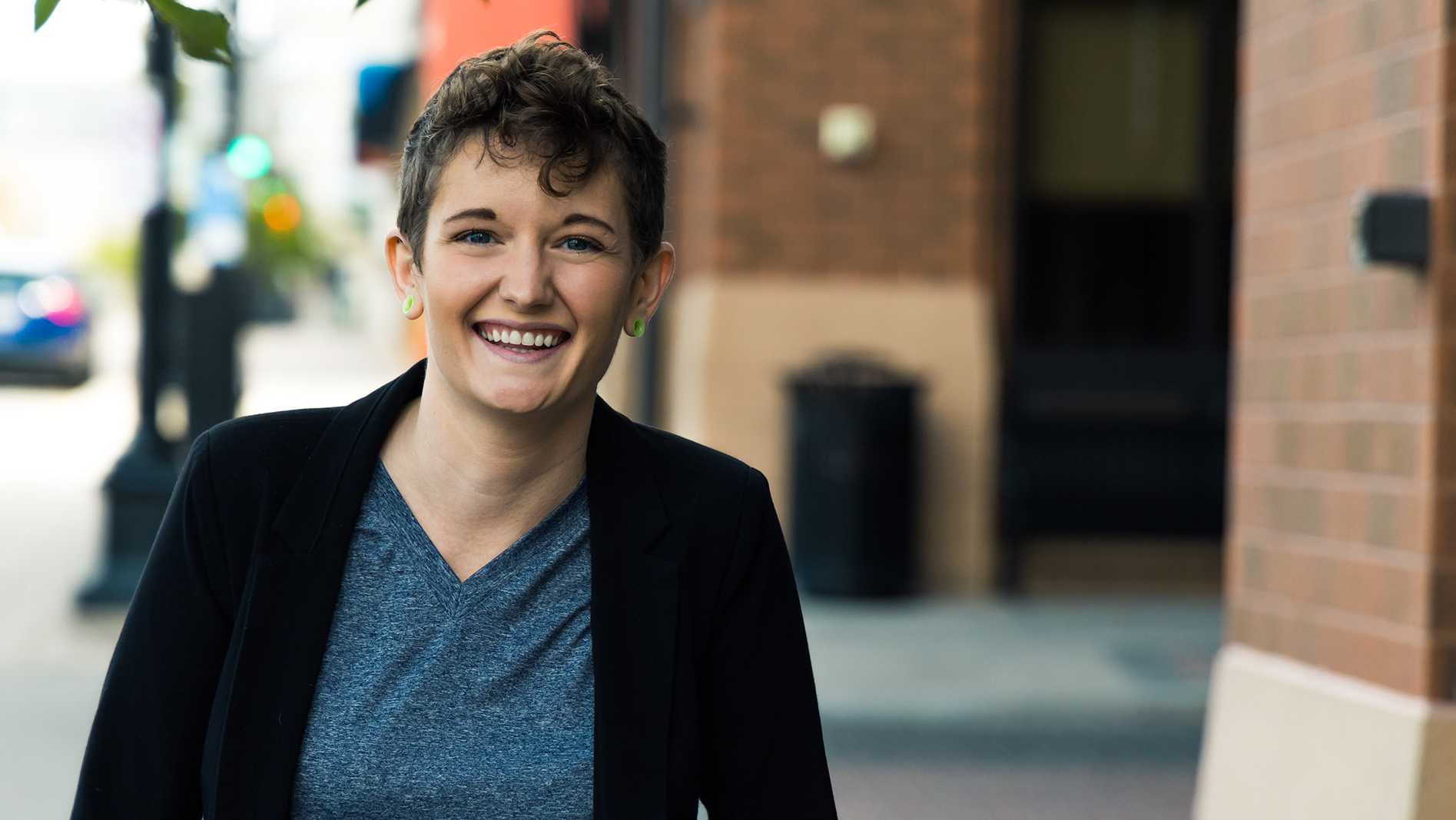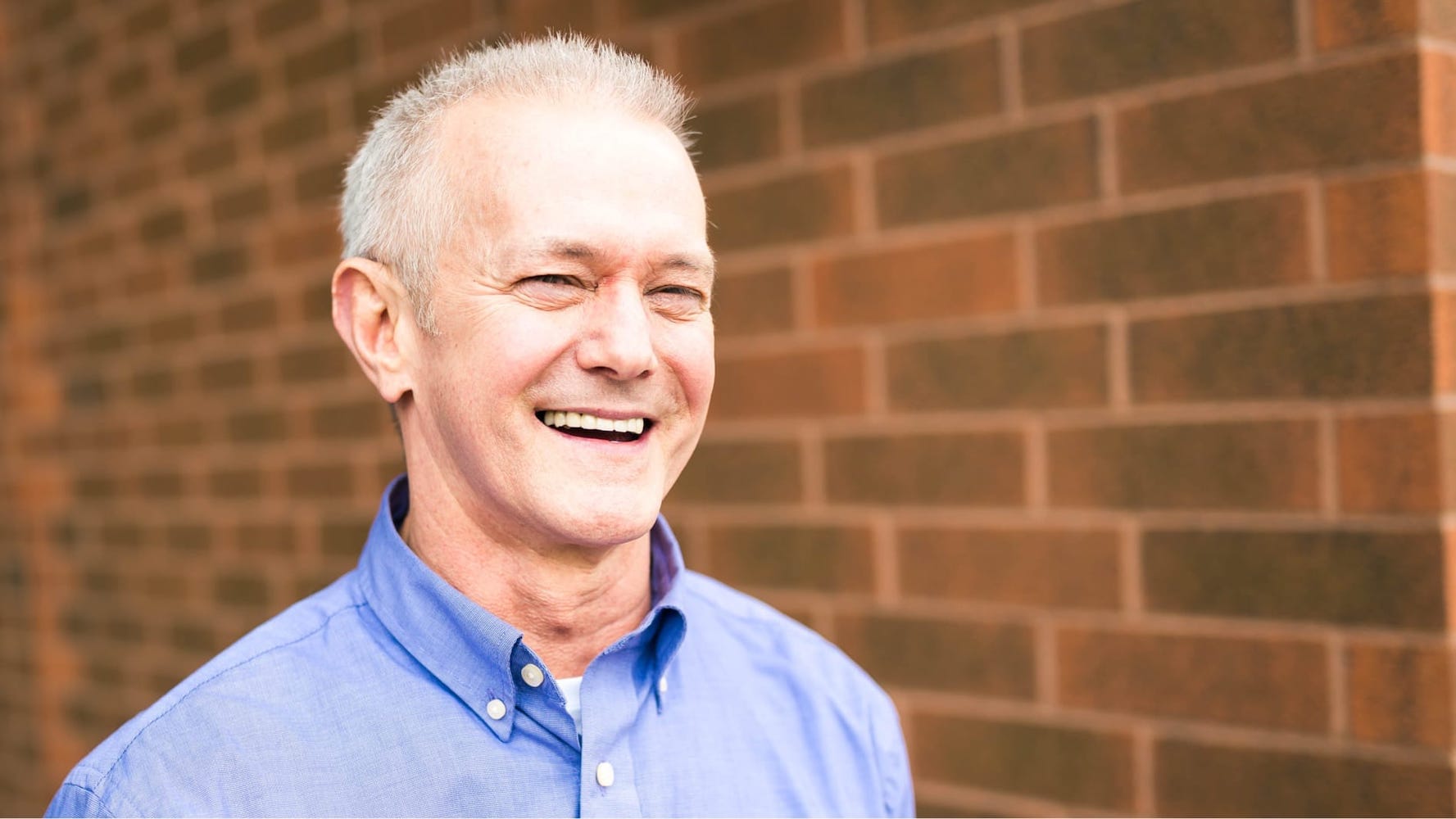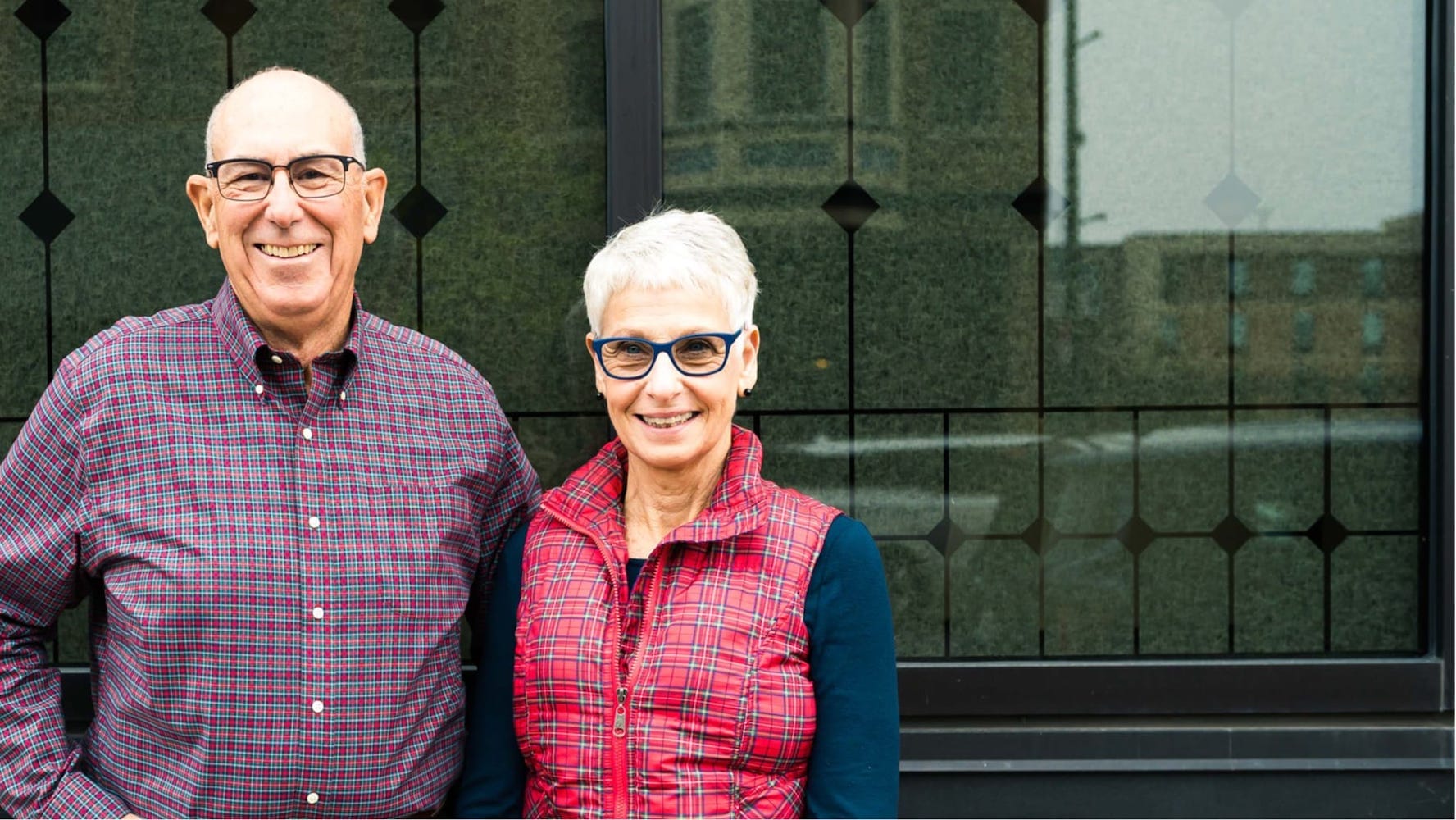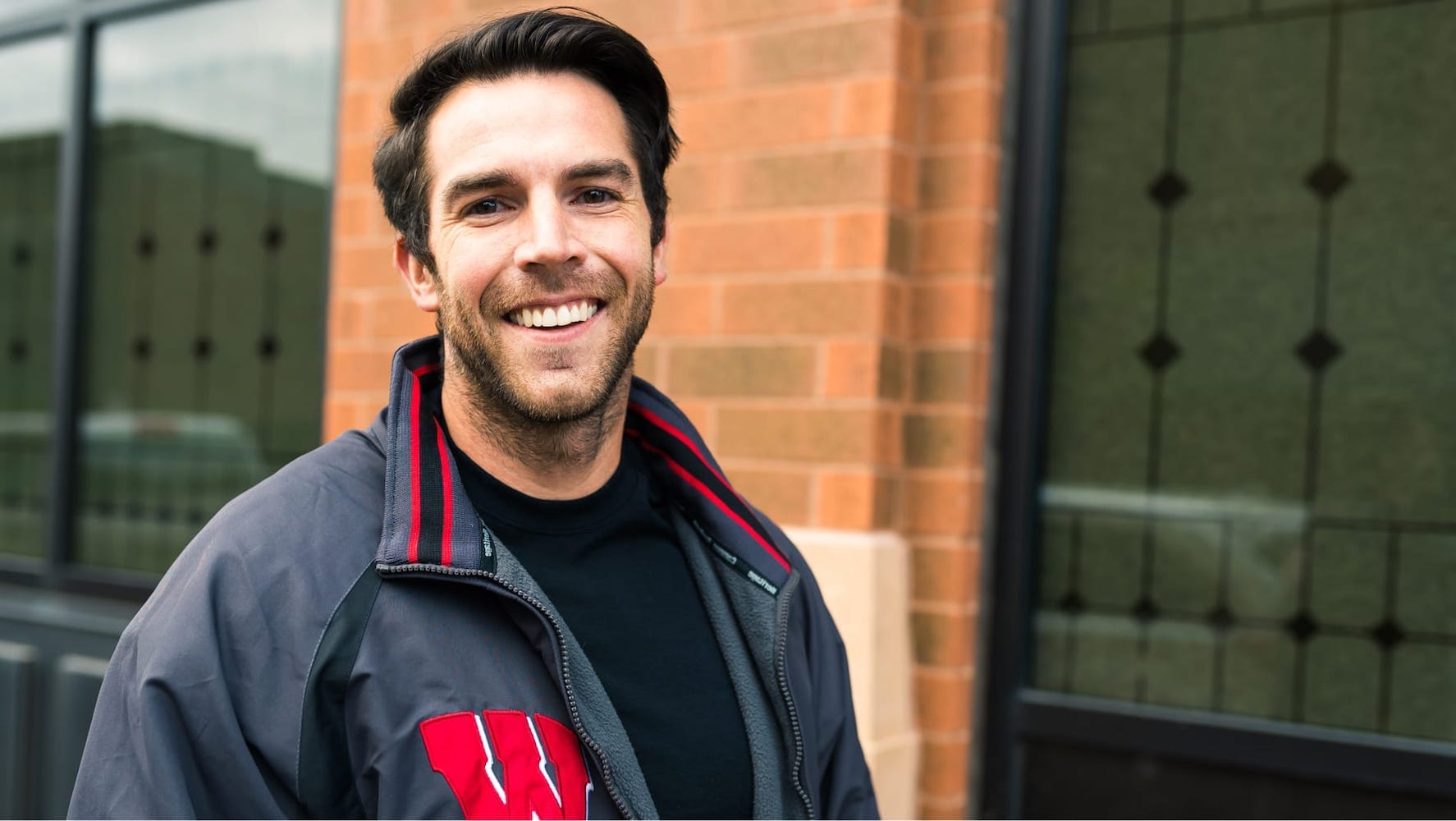Do you suffer from mouth pain that makes it difficult to chew and enjoy your food? Have you had trouble with dentures or implants that are uncomfortable or don’t last?
How bone is lost
Your teeth are anchored in sockets on a platform of bone known as the alveolar ridge. Strong connective tissue and bone firmly support your teeth in their positions on the ridge and keep them stable. When that bone deteriorates, the support your teeth need to remain healthy becomes weak or nonexistent.
Your jawbone needs the pressure from biting and chewing to maintain its density and volume. When you have missing teeth or your bite is misaligned, that pressure is missing. This causes the bone in your jaw to progressively dissolve, gradually diminishing the height of your dental ridge. Bone loss can also be caused by gum disease, bite misalignment, having teeth missing, or injury to existing teeth. It can also occasionally occur as a result of a bacterial or viral infection.






